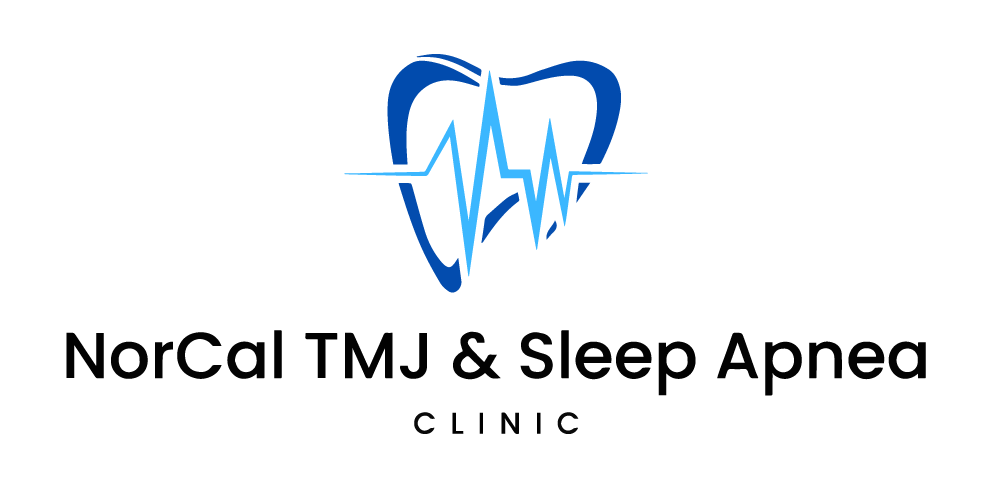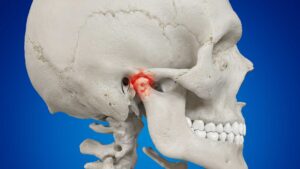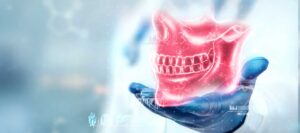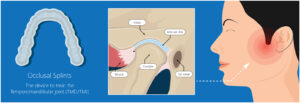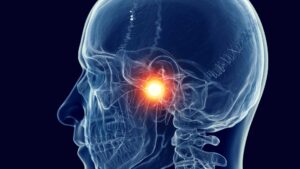Introduction:
Sudden bite changes can be a surprising and distressing experience. These alterations in the way your teeth come together can often be attributed to Temporomandibular Joint Disorders (TMJ disorders), a complex group of conditions affecting the jaw joint. In this comprehensive article, we will explore the different types of TMJ disorders that can lead to sudden bite changes, delve into the evidence-based methods for diagnosis, and discuss the various treatment options available.
Types of TMJ Disorders Leading to Sudden Bite Changes:
- Muscle Disorders:
- Symptoms: Muscle-related TMJ disorders, such as myofascial pain and dysfunction, can cause jaw pain, muscle tenderness, and sudden bite changes.
- Evidence-Based Treatment: These conditions often respond well to non-invasive treatments like physical therapy, manual therapy, and behavioral therapies to address contributing factors like stress.
- Internal Derangement:
- Symptoms: Conditions like disc displacement and joint degeneration can lead to bite changes, as well as pain and limited jaw movement.
- Evidence-Based Treatment: Conservative management with oral appliances, medications, and physical therapy is often the first approach. In some cases, arthroscopy may provide relief.
- Joint Disorders (Ankylosis):
- Symptoms: Ankylosis is a rare condition where the jaw joint becomes fused, leading to severe bite changes and restricted jaw movement.
- Evidence-Based Treatment: Surgical interventions are typically required to release the fused joint and restore jaw function.
- Trauma-Induced TMJ Disorders:
- Symptoms: Trauma to the jaw, such as accidents or injuries, can result in immediate bite changes and may require surgical or non-surgical interventions.
- Stress-Related Habits (Bruxism):
- Symptoms: Stress-induced habits like teeth grinding (bruxism) can exert excessive force on the teeth and jaw joint, leading to bite changes.
- Evidence-Based Treatment: Custom-fitted nightguards or splints can effectively protect teeth and manage bruxism, along with addressing underlying stress.
Diagnosis of TMJ Disorders:
Accurate diagnosis is crucial to determine the appropriate treatment for TMJ disorders. Evidence-based methods for diagnosis include:
- Clinical evaluation by a qualified healthcare provider.
- Imaging techniques such as X-rays, MRI, and CT scans to visualize the jaw joint and surrounding structures.
- Diagnostic criteria, like the Diagnostic Criteria for Temporomandibular Disorders (DC/TMD), that incorporate self-report questionnaires and clinical examinations.
- Electromyography (EMG) to assess muscle activity patterns.
Evidence-Based Treatment Options:
Treatment for TMJ disorders should be tailored to the specific type and severity of the condition. Evidence-based treatment options include:
- Conservative approaches like physical therapy, medication, and behavioral therapies.
- Custom-fitted oral appliances, such as splints or nightguards.
- Minimally invasive procedures like arthroscopy.
- Surgical interventions for severe cases or specific situations.
Conclusion:
Sudden bite changes can be indicative of underlying TMJ disorders, which encompass a range of conditions affecting the jaw joint. Accurate diagnosis and evidence-based treatment are essential to alleviate symptoms, restore proper jaw function, and prevent further complications. If you experience sudden bite changes or related symptoms, it’s crucial to seek evaluation by a healthcare professional experienced in managing TMJ disorders. With the right treatment plan, you can regain comfort, functionality, and overall well-being in your daily life.
